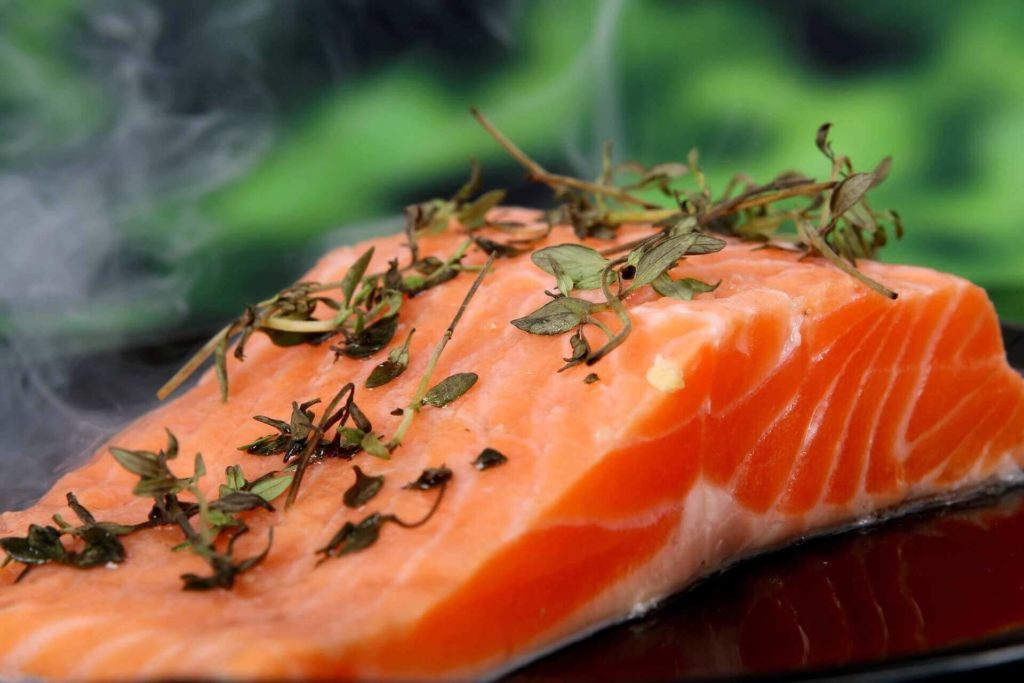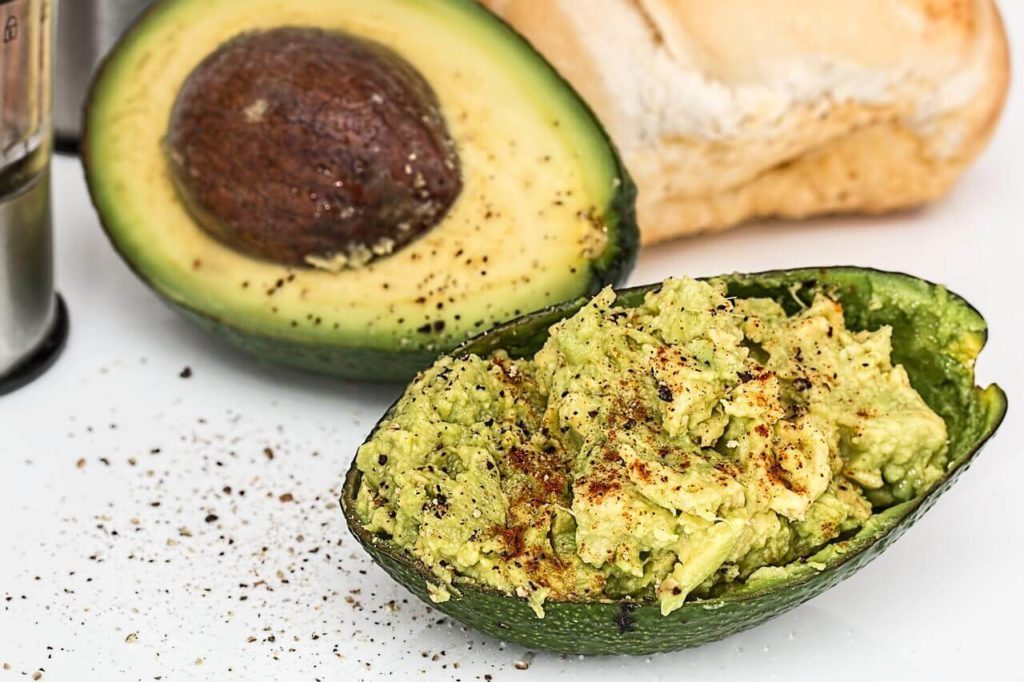Table of Contents
It looks like the ketogenic diet is in. Which means…what, exactly?
The ketogenic diet, or keto, basically involves getting your body to the natural metabolic state of ketosis. This is a state where your carb intake is low enough that your body starts drawing on fat stores for energy.
Essentially, you are tricking your body into thinking you are starving. Your body then, ideally, burns all the fat you’ve been stocking up on, instead of letting it sit on your body and affect your health.
That sounds great, doesn’t it? How do you get started?
Step 1: Which Kind of Keto Is Right For You?
Before you can get started, you need to decide exactly what variation of keto you’re going to do. Just like any lifestyle choice, you need to tailor it to exactly what you’re looking for (and of course your specific needs).
Below, we’ve listed four options for you to take into consideration:
Standard Ketogenic Diet
This diet is very high in fat, with a moderate amount of protein, and low carbs.
This usually breaks down to around 70-75% of your diet being fats, 20% being protein, and 5-10% being carbohydrates. This generally translates to around 20-50g of carbohydrates per day, 40-60g of protein per day, and no set limit on the amount of fat (and we mean healthy fat, not canola oil!!).
The reason there is no limit on fat is that fat is supposed to provide the majority of your energy needs, so your consumption should be based on your daily energy needs.
This diet has regularly shown results in helping people lose weight and improve cardiovascular health, among other benefits.
Cyclical Ketogenic Diet
This diet involves breaking your week into two sections, one keto, and the other higher carb.
During the keto periods, you would follow the standard diet, but the ‘off days’ would be particularly useful if you’re an athlete who needs to replace the glycogen lost from muscles during workouts.

A potential breakdown for this diet would be to do the working week keto and have the weekend with higher carbs. That doesn’t mean gouging on Krispy Kreme’s! White rice, starchy vegetables like sweet potato. Check out the recommended carbs on the Bulletproof Roadmap.
Targeted Ketogenic Diet
This diet operates a lot like the cyclical diet, only it allows you to load up on carbs around the time of your workouts.
For example, if you exercise heavily three days out of the seven, you can have some additional carbs on those three days.
This list is by no means a complete breakdown of all ketogenic diets. So, it’s definitely worth checking out this article about the various other options you have when creating your own diet.
Furthermore, picking the variation that suits your lifestyle will increase your chances of sticking to your new plan.
Now that you’ve chosen how you’re going to structure your diet, it’s time to look at what, specifically, you’re going to eat.
Related article: Ketosis: Everything You Need to Know to Reach Your Peak Performance
Step 2: Cutting Out Certain Food Groups
Grain-based foods tend to form a massive chunk of our standard daily diet, so cutting out the majority of them will absolutely be difficult.
It will take your body some time to adjust, and you will probably find yourself craving some of your favorite carby foods. Stay strong!
But, it isn’t just grains that you want to avoid: you also want to stay away from foods which are going to be high in certain undesirable fats or which are heavily processed.
Some of the key foods to avoid are:
- All grain foods (even wholemeal or seeded)
- Factory-farmed pork and fish
- Foods containing MSG or sulfites
- Foods which contain artificial sweeteners (for Bulletproof approved sweeteners check out this article)
- Refined fats and oils (especially corn, vegetable, and soy)
- Sugary foods/drinks
- Alcohol (if this is too hard, maybe check out replacing alcohol with kava)
- Diet products (these are often highly processed and contain large quantities of carbs)
- Starchy vegetables like beans and legumes
- Tropical fruits (like watermelon)
Essentially foods which are high in starch, carbohydrates, and sugar have got to go.
This step is very important because here is where you are pushing your body towards that all-important state of ketosis. Falling off the wagon once is alright, but do challenge yourself to stick to your diet.
It might take a little time, but your body will thank you eventually for cutting out the excess.
Step 3: Replace These Food Groups with Protein and Fat
Obviously, since you’re cutting out what usually is the most energy-rich part of your diet, you need to treat your body kindly, and stock up on foods with high levels of protein and fat.

These foods will still keep you moving, without packing on weight.
Following the gram-based plan outlined above in the Standard Ketogenic Diet, these are some foods you can absolutely enjoy:
- Meats with a higher fat content (eg. grass-fed red meat) and the skin still on
- Eggs (free range!)
- Fatty fish
- Full-fat butter and cream (here’s how to find the best grass-fed butter in Australia)
- Unsalted nuts like almonds and walnuts
- Seeds like chia seeds, flaxseeds, and pumpkin seeds
- Low-carb vegetables like tomatoes, green vegetables, peppers, and celery
- Avocados (yes, your smashed avo is safe with this diet!)

This is just a starter-list of the foods you can eat. Make sure you carefully design a meal plan for yourself which takes into account the different types of nutrients you need.
Remember particularly that women and men have different dietary needs (eg. men tend to need more protein than women), and that this diet is about consuming the right foods in quantities relative to you.
You are decreasing the traditional avenues of energy intake. In this way, you need to ensure that you appropriately increase other energy sources and that your fat and protein consumption are proportionate.
Step 4: Review
The next step is definitely to talk to a dietitian about your plans. This article can only offer you a general guide to the keto lifestyle. When you’re thinking about fundamentally changing the way your body gets energy, it’s important to get a professional opinion.
Make sure you’re okay to take on the lifestyle and get help designing your meal plan to fit your needs and body type.
Also, it may well be worth looking into nutritional supplements to prop up any part of your diet that’s falling short.
Basically, make sure that you’re fully prepared to go into the diet. If your goal is good health, then you want to make sure that you’re treating your health with care!
Step 5: Get Started
Pick the right kind of ketogenic diet for your body; cut out any food groups that don’t fit into your new plans; add in the food groups that do; get the okay from a health professional that you trust.
That’s it, you’re done! You now know where to begin with the ketogenic diet and how to transform your body and your health.
It’s time to truly transition into a healthy lifestyle.
—
Want to learn more about fats and how they affect your body? Check out our article on ButterCoffee.com.au today!

Free Shipping
On orders over $149$14 Flat Rate Shipped fast and Australia-wide